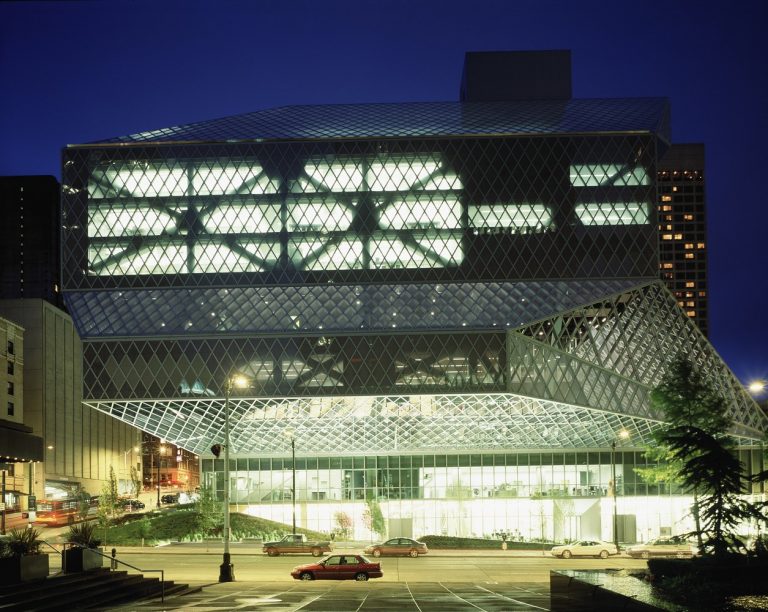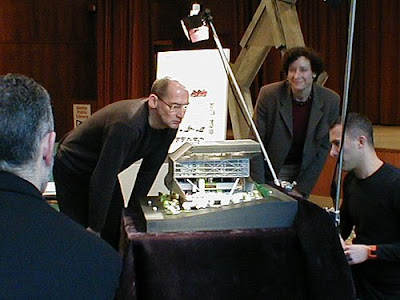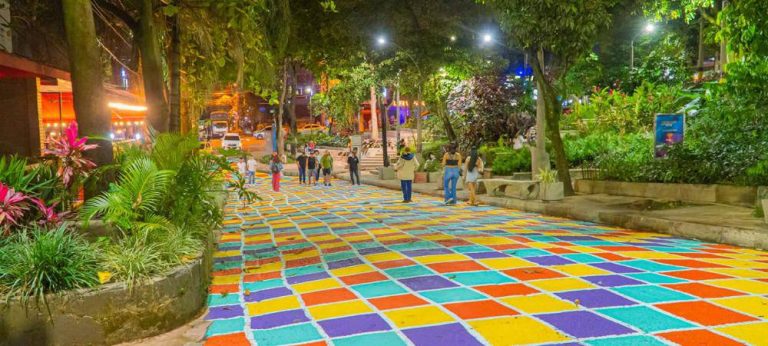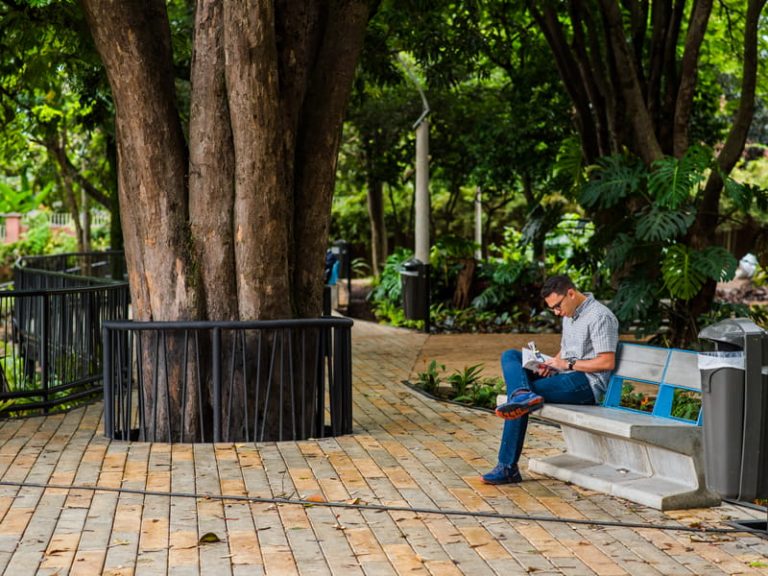

SOBRE EL AUTOR
Yareli Campos Lic. en Comunicación, Líder de Relaciones Públicas y Gestión comercial
"El ser incluyentes con la comunidad nos da ventajas positivas y nos empodera para utilizarlas a nuestro favor a la hora de diseñar"
Introduction to participatory design
Participatory design is a way of involving the community in the design process of a product or project, ensuring that the needs and wants of users are taken into account from the beginning. In this article, we will explore the benefits, successful examples and challenges of participatory design, its impact on the market and the future of this approach in community-driven projects.
BENEFITS
It has a number of benefits for users, designers and the community in general.
- For users, it means that their needs and wants are taken into account from the beginning, resulting in products and services that are more useful and accessible.
- For designers, working with the community can help generate new and creative ideas, and can result in more successful projects in the long term.
- For the community at large, participatory design can be a way to build trust and stronger relationships between users and designers. By involving the community in the design process, you give them a voice and an opportunity to influence the final outcome.

Illustration made by Architect Arath Santos for Cafeína Design
Examples of successful participatory design projects
There are many successful examples of participatory design projects around the world. One of the best known is the Seattle Library participatory design project, designed by Rem Koolhaas and Joshua Prince-Ramus of the Dutch Office for Metropolitan Architecture (OMA), in conjunction with the Seattle firm LMN Architects in which the community was invited to participate in the design of the library. The final result is a magnificent and functional building that has become an emblem in the city.

Seattle Library, photography by Philipe Ruault, 2004

Teamwork in the design process
Another example is the participatory design project for public spaces in Medellín, Colombia. The city worked with the community to transform public spaces into green spaces, parks and gathering places. The result has been a more vibrant and connected city, with a better quality of life for residents.
Within the last year, renovation works began in one of the most emblematic and attractive parks for nightlife in Medellín, Parque Lleras was proposed to be created as a space that is walkable, safe and pleasant not only at night, but also during the day. to become a place where fairs are allowed to open the way to culture, gastronomy and art. An area designed for the community and built by the community. A clear example that you can create a usable park for as long as possible.

Lleras Park, Photo: Medellín Mayor's Office

Photo taken from the article: ”100 parks for you” by Diego Zuluaga
The importance of community participation in design
Community participation is essential to the success of participatory design. Without participation, the final result may not satisfy the needs and wants of the users. Additionally, it can help generate new and creative ideas, and help build stronger relationships between designers and users.
To ensure community participation, it is important to involve a wide variety of members, including marginalized groups. It is also important to provide opportunities for feedback and open discussion.
To understand community needs, it is important to conduct careful and detailed research. This may include surveys, interviews, and focus groups. Once information about needs has been gathered it is important to use that information to guide the design process. This means that designers must be willing to adapt their ideas and concepts to meet requested needs.
Participatory design can have a significant impact on the market, as products and services created through this approach are more useful and accessible to users. Additionally, companies that use participatory design can build stronger, longer-lasting relationships with the community, which can result in greater customer loyalty and satisfaction.
Ultimately, participatory design can be an effective way to differentiate yourself in an increasingly saturated and competitive market.
Steps to apply participatory design
To apply participatory design, it is important to follow some key steps.
- First of all, it is necessary to identify the problem or need that you are trying to solve.
- Data must be collected about the needs and wants of the community. From there, ideas and concepts can be generated, and you should work with the community to refine and improve those concepts.
- Finally, community testing should be carried out to ensure that the final product or service satisfies the needs and desires of users.

Challenges and limitations
Participatory design can present a number of challenges and limitations. First, it can be difficult to find a wide variety of community members willing to participate in the design process. Additionally, the process can be long and expensive, and it can be difficult to ensure quality and consistency in the final result.
It can also be difficult to balance community needs and wants with time and budget constraints. However, despite these challenges, participatory design remains a valuable tool for creating inclusive and accessible products and services.
Conclusion
In conclusion, participatory design is a valuable tool for creating inclusive and accessible products and services. At Cafeína Design we believe that it is necessary to involve the community in the design process, to generate new and creative ideas to build stronger relationships between designers, clients and users.
As we move into the future, we are likely to see an increase in the use of participatory design in community-driven projects. By working together to create creative and effective solutions, we can build stronger, more connected communities.
References: Participatory design at the origins of co-design, Raquel Pelta Lesano, University of Barcelona, Cuadernos de Vivienda y Urbanismo, vol. 5, Pontificia Universidad Javeriana Bogotá, Colombia, "Biblioteca Central de Seattle / OMA + LMN" [Seattle Central Library / OMA + LMN] July 14, 2014. ArchDaily México.
Want to know more about this topic?
Contact us
